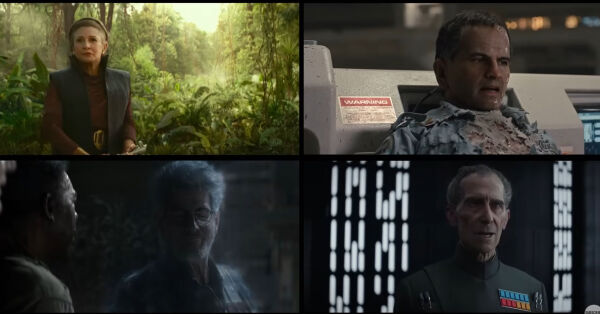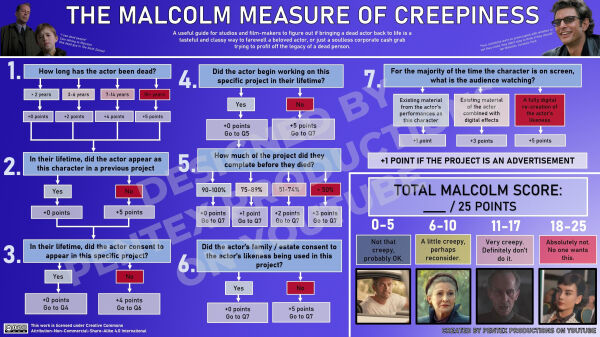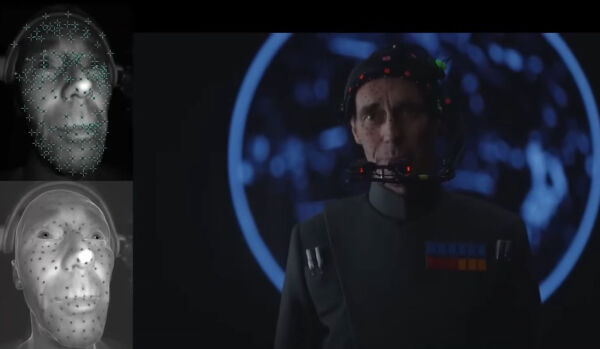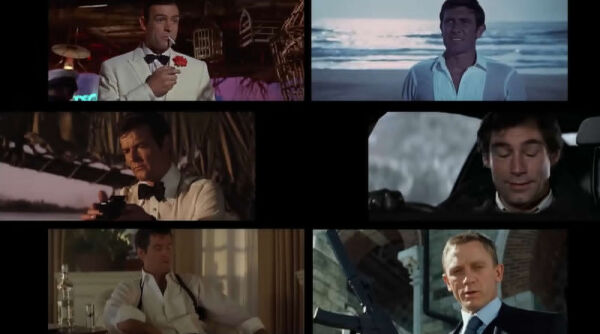[14:32 Sun,5.January 2025 by Thomas Richter] |
Dead stars starring in new movies? This has actually been done several times before, but now it&s becoming increasingly easier thanks to AI, as not only can faces be replaced via DeepFake, but voices can also be cloned and entire bodies animated with ease. But when is the use of digital clones actually okay and sensible? The YouTube channel Pentext Productions has published a very worthwhile video essay on this topic that attempts to answer these questions and discusses some of the cases in which dead stars starred in new films (such as Bruce Lee in "Game of Death", Paul Walker in "Fast & Furious" or Peter Cushing in "Rogue One").  Digitally reanimated actors Are digitally resurrected actors zombies?The focus is not on how well the digital reanimation was done and what the legal situation is, but rather: _should we even do this?_ Because digital resurrection has a different dimension than previous methods – it creates a digital zombie through technology: a person who seems to be alive but is actually dead. The digital body as a pure image of the real one becomes immortal – in contrast to the physical body and soul, but it is only a shell, a puppet at the service of others/the market/rights holders/production companies/directors. Pentext has developed a helpful tool, the "Malcolm Measure of Creepiness" – a flowchart that helps determine, after answering a few questions about the project, whether the use of a digital double of a deceased person is too "creepy" and therefore unacceptable. The following questions are important for the decision for or against the use of a deceased actor: - How long has the person been dead? - Did they embody the same role in a previous film during their lifetime? - Did they agree to their use in the specific project/film earlier? - Did the actor participate in the filming of the specific film during their lifetime? - How much of the film was completed before death? - Have the descendants agreed to the use of the digital double? - With which technique is the actor depicted in the film? Using snippets of existing scenes? Through real film material that is digitally enhanced? Or is it a complete digital replication?  Malcolm Measure of Creepiness Depending on the answer to the respective question, a simple point system determines whether the use of the deceased actor is justified or not. The more independent the new performance is, the further removed it is from what the person played in life, the more likely the answer is no. The actual question that the Malcolm Measure rulebook tries to answer: is the digital double of the actor used as a mere puppet or is it a logical/coherent/meaningful continuation of the creation? Is it a figure controlled purely by someone else or does it still live from the real performance? A figure only becomes a digital zombie when it is used arbitrarily and no longer has anything to do with the real person and their work.  Peter Cushing The actor  The James Bonds Digital immortality: what for?And apart from the ethical question: when does the use of a digital replica of an actor even make sense for a film narrative? For example, the argument for Peter Cushing&s digital clone in "Rogue One" is that the continuity in the Star Wars universe had to be maintained. But how often have new actors played the same role that someone else played before them? How many different people have successfully and repeatedly interpreted famous roles like Superman, James Bond, or Catwoman in their own way and brought them to life? And what kind of film world would it be where the stars never die and keep making movies? Totally retro. Given that the 12 most successful films of last year were all sequels, it can be assumed that Hollywood would only too gladly continue this concept indefinitely. The same megastars with their high recognition value in new sequels and prequels – again and again. Artistically, however, this would mean complete stagnation. The logical endpoint of such a development would be AIs that not only write the screenplays as a recombination of previous blockbusters but also generate them themselves using digital clones of the old actors – minimal costs with maximum profit. New attempts with digital clonesSo far, there are no films with famous but long-dead actors in completely new (main) roles, only somewhat older attempts in advertising such as Johnnie Walker with Bruce Lee and Galaxy Chocolate with Audrey Hepburn. Thus, the 2019 announced resurrection of James Dean in But there will surely be another new attempt soon to resurrect an icon of film history as a zombie in the service of commercial interests. But what does it mean when the living gain power over the dead and resurrect film icons as digital, marketable puppets? If actors are not protected by law after death because some descendants of the Xth generation have given their consent to the use of the digital image? Then only the audience protects them, which refuses its applause and its entrance fee to such zombies. deutsche Version dieser Seite: Ist es ok, tote Schauspieler für die Leinwand auferstehen zu lassen? |





